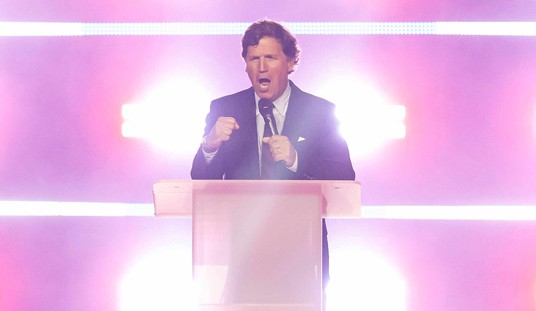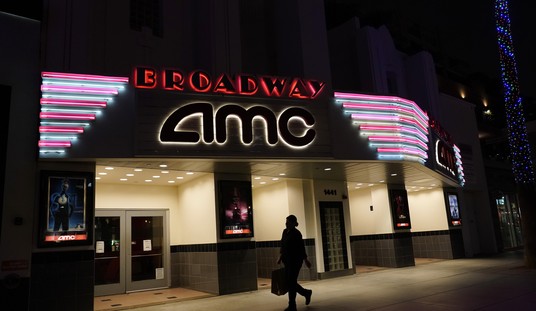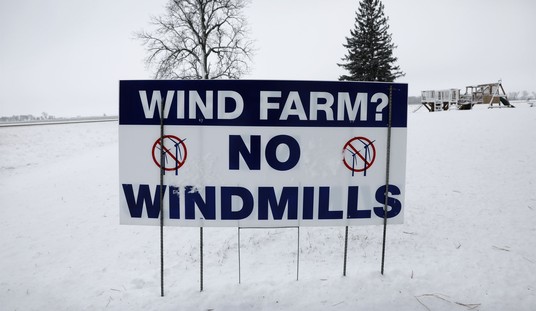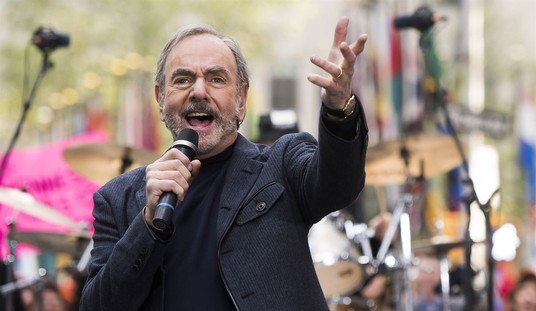As the 2014 campaign’s home stretch approaches, national Republicans have launched a ‘Fire Reid’ campaign, akin to the successful 2010 push to oust Nancy Pelosi from the House speakership. Will they succeed? And how should conservatives define success, in light of the very challenging Senate map that awaits in 2016? The great Dan McLaughlin spells out his metrics:
Real bar for the GOP: +7 Senate seats (52). +5 or less is a loss, +6 a small win, +8 a big win, +9 or more an epic win.
— Dan McLaughlin (@baseballcrank) July 22, 2014
As I responded on Twitter, pegging a net gain of seven seats as the benchmark for success could be a recipe for disappointment. Based on polls measuring the mood of the ‘battleground’ electorate, Republicans certainly have a distinct advantage heading into the fall. But polling of the individual races thus far (such as it exists) does not portend a red Senate wave that’s remotely reminiscent of the party’s 2010 performance in House races. Republicans appear to have three open seats locked down in South Dakota, West Virginia and Montana — though two new polls show the gap in that contest narrowing (er, see the update below). The GOP is also favored to hang onto seats in Kentucky and Georgia, but neither race will be a cake walk. North Carolina’s Kay Hagan enjoys a thin but steady lead over Thom Tillis (click through for Jay Cost’s thoughtful analysis of the race). In Arkansas, Rep. Tom Cotton has led in a slew of recent surveys, but his overall edge is less than three points. Sen. Mark Pryor is hanging around, unlike Blanche Lincoln, who was getting thrashed at this stage by her Republican opponent-turned-successor four years ago. RCP’s polling average has Alaska’s Senate race exactly tied. Louisiana’s Mary Landrieu is slightly down, but certainly not out, in a race that could easily spill into a December run-off, given the state’s “jungle primary” system. So let’s say Republicans hold the line on the seats they currently control, and don’t fritter away any of the aforementioned open seats; they’re sitting at +3. If they end up sweeping the seats listed above in bold font, or winning three of those four, they’ve secured a majority. Anything beyond that would be gravy. But what if they win half of them — an outcome that strikes me as entirely possible, if not probable. That puts them at +5, needing one more pick-up to demote Harry Reid. Where might that elusive sixth seat come from? Two viable possibilities:
Iowa: Hawkeye State conservative Joni Ernst has gained steadily on Democrat Bruce Braley, pulling ahead of him by a fractional margin over the last few weeks. Braley is, well, a bit of a jerk (see here, here, here and here), and his campaign is being forced to answer uncomfortable questions about why he missed 75 percent of House Veterans Affairs Committee meetings over a two year period. Braley technically serves on the committee. The Des Moines Register reports that Braley appears to have skipped one such meeting in favor of attending three fundraisers for himself. His VA truancy is not only attracting scrutiny in light of the agency’s ongoing scandal, but also because Ernst is a soldier. In fact, she’s taken a leave of absence from the campaign trail to fulfill her annual National Guard training duties. Talk about a contrast.
Colorado: Out in Rocky Mountain country, Republican Cory Gardner is running neck-and-neck with incumbent Mark Udall. The Democratic Senator has gone to great lengths to avoid being seen with President Obama — with whom he’s voted 99 percent of the time — including no-showing at his own fundraiser. For a challenger taking on an incumbent who was seen as relatively safe until very recently, Gardner is in a very healthy position. And that’s despite Udall’s barrage of “war on women” ads against the conservative Congressman (click through for Gardner’s responses).
Could Ernst and Gardner both win? Sure. But they could just as easily both lose, and the odds of securing additional pick-ups seem a bit more remote at this stage: Terri Lynn Land is struggling in Michigan, Scott Brown has a fair amount of ground to make up in New Hampshire (not an impossible feat), and Dr. Monica Wehby has trailed in every recent Oregon poll. Minnesota and Virginia are looking like even longer shots. All of which is to say that the path to gaining six or more seats is extremely plausible, but by no means guaranteed. Watch Larry Sabato explain why 2014 is only shaping up to be a “mildly Republican year, at least in mid-July:”
I’ll leave you with a (qualified) positive data point, followed by a sobering reminder. Pay attention to the GOP’s lead in tiers two and three, which represent eight contested races:

Since 2004, Democrats have knocked off 12 GOP incumbents. Republicans have beaten 3 Dem incumbents. Awesome work, @NRSC. Top. Men. — Sean Davis (@seanmdav) July 23, 2014
Given historical trends and the president’s unpopularity (especially where it counts), Republicans should be able to hit six. If things break late in the right direction (totally possible), I agree with McLaughlin that seven or eight seats isn’t out of the question. But it’s a heavier lift than it seems. For that reason, I’m going with a more straightforward rubric for success: Minority Leader Reid is a win, no matter how it happens. Majority Leader Reid, even in a 50/50 chamber, is a failure.
UPDATE – This should kill off any chances of a Democratic comeback in Montana:
BREAKING: Sen. John Walsh plagiarized his 2007 thesis, and @jmartNYT has the scoop: http://t.co/5ifgrmRZPu
— Ashley Parker (@AshleyRParker) July 23, 2014
Look on the bright side, John. You could still be Vice President someday. (UPDATE II – I now see that Allah wrote this story up earlier, and even beat me to my super original Biden joke).








Join the conversation as a VIP Member